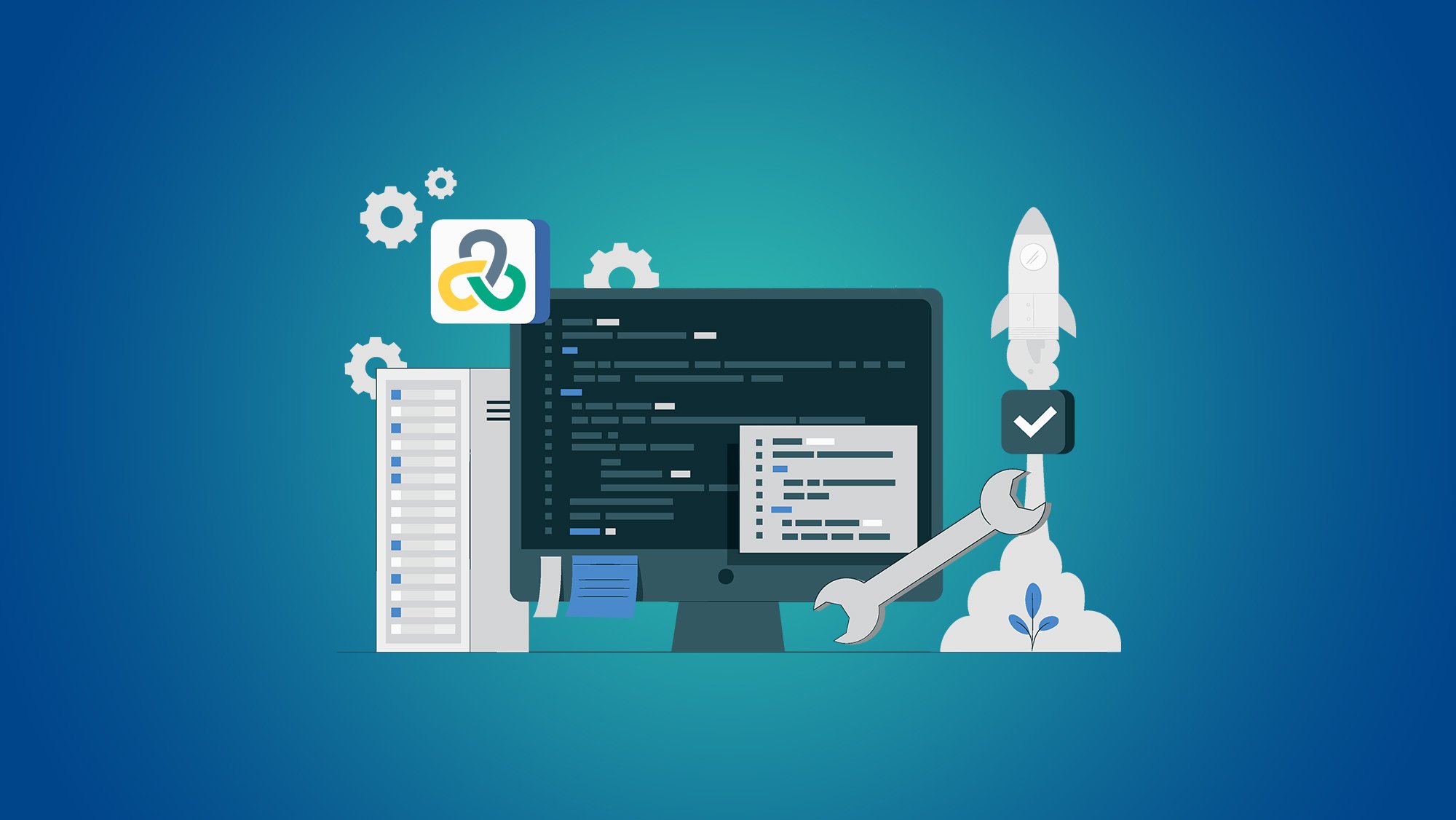Mastering LoadRunner: Performance Testing for High-Performing Apps
Introduction:
In the fast-paced world of software development, ensuring that your applications perform well under various conditions is paramount. Performance testing plays a crucial role in identifying bottlenecks, optimizing resource usage, and ensuring that your applications can handle the demands of real-world usage. Among the tools available for performance testing, LoadRunner stands out as a powerful and comprehensive solution. In this detailed blog, we'll embark on a journey to master LoadRunner and explore how it enables you to test and enhance the performance of your applications for peak efficiency.
Understanding LoadRunner: A Brief Overview
What is LoadRunner?
LoadRunner, developed by Micro Focus, is a performance testing tool designed to simulate real-world user traffic and assess how an application performs under different loads and conditions. It offers a wide range of testing capabilities, including load testing, stress testing, and scalability testing, to ensure that your applications are optimized for high performance.
Key Features of LoadRunner
- Scripting Languages: LoadRunner supports multiple scripting languages, including C, Java, and JavaScript, allowing you to script your performance tests using familiar languages.
- Virtual User Generators: LoadRunner's virtual user generators create realistic user scenarios by simulating user interactions with the application, such as browsing, clicking, and data entry.
- Load Generators: LoadRunner's load generators simulate user traffic by generating load on the application servers, helping you identify performance bottlenecks.
- Performance Monitoring: LoadRunner provides real-time performance monitoring to track key performance indicators (KPIs) and gather insights into system behavior during tests.
- Scalability Testing: With LoadRunner, you can assess an application's ability to scale by gradually increasing the load until performance thresholds are reached.
Mastering LoadRunner: A Step-by-Step Guide
1. Define Testing Objectives
Before diving into LoadRunner, clearly define your testing objectives. Determine the performance metrics you want to assess and identify the scenarios you need to simulate, such as user load, response times, and transaction volumes.
2. Scripting
Create scripts that simulate user interactions with your application. LoadRunner offers a variety of protocols, such as HTTP, Web Services, and more, to accurately replicate different types of traffic.
3. Scenario Creation
Build test scenarios by combining scripts, setting user load levels, and specifying other test parameters. Define the type of test you want to conduct, such as load testing, stress testing, or endurance testing.
4. Load Generation
Run the test scenario using LoadRunner's load generators. These generators simulate user traffic by generating requests to your application, creating the desired load conditions.
5. Performance Monitoring
Monitor the application's performance in real-time during the test. Analyze metrics such as response times, throughput, and resource utilization to identify performance bottlenecks.
6. Analysis and Reporting
After the test completes, use LoadRunner's analysis tools to review the collected data. Generate reports that provide insights into the application's performance, including response times, error rates, and resource consumption.
7. Optimization
Based on the analysis, identify areas that need improvement and optimize the application accordingly. Make code adjustments, optimize database queries, or scale resources to enhance performance.
8. Iterative Testing
Iterate the testing process by making changes, re-scripting if necessary, and running tests again. Continuously refine the application's performance until desired levels are achieved.
Benefits of Mastering LoadRunner
- Early Detection of Issues: LoadRunner helps you identify performance bottlenecks and issues early in the development cycle, saving time and resources.
- Realistic Simulations: LoadRunner's realistic simulations mirror real-world user behavior, providing accurate insights into application performance.
- Optimized Resource Usage: Performance testing with LoadRunner allows you to optimize resource utilization, ensuring that your application can handle peak loads efficiently.
- Enhanced User Experience: By optimizing performance, LoadRunner ensures that your application delivers a seamless and high-quality user experience.
- Confident Deployment: With LoadRunner's rigorous testing, you can confidently deploy your application, knowing that it can handle the demands of your user base.
Conclusion:
Mastering LoadRunner is a critical skill in today's software development landscape. As applications become more complex and user demands increase, the ability to test and optimize performance becomes paramount. LoadRunner empowers you to proactively address performance issues, ensure a smooth user experience, and deliver high-performing applications that meet the demands of the modern digital world. By following the step-by-step guide and harnessing LoadRunner's powerful capabilities, you'll be well-equipped to master the art of performance testing and contribute to the success of your software projects.
You May Also Like
These Related Stories

LoadRunner Vs Competitors: Unveiling Performance Testing Dominance

Go Language: Building Scalable and High-Performance Applications




No Comments Yet
Let us know what you think